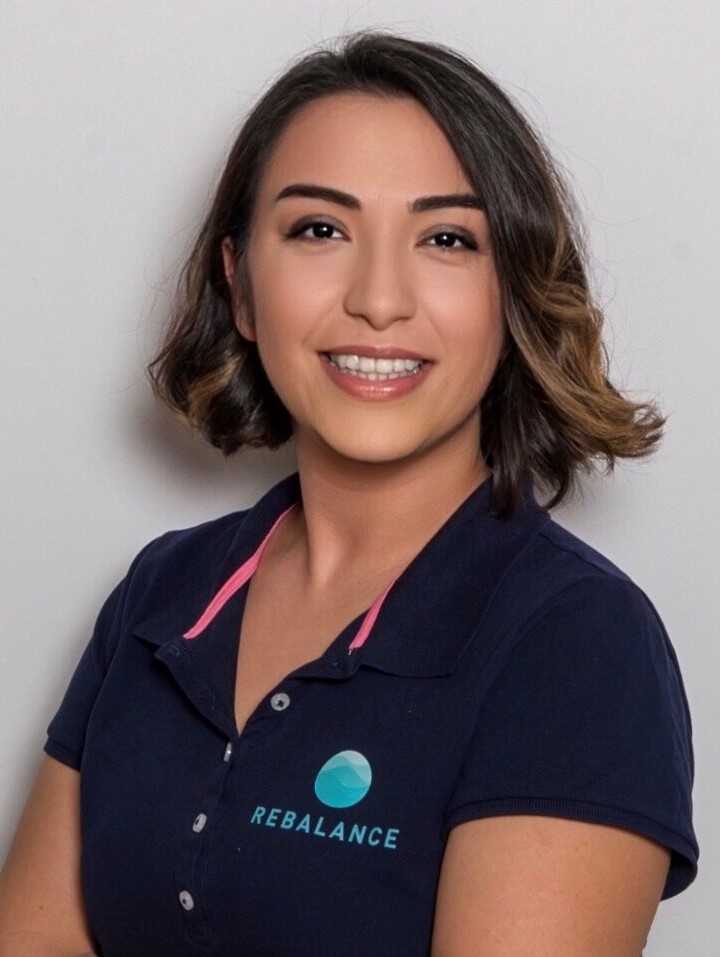Description
The Covid-19 pandemic has accelerated and expanded the use of telemedicine applications worldwide. This study was designed to meet the rehabilitation needs of patients following arthroscopic meniscus repair (AMR), considering the necessity of alternative systems to conventional physiotherapy practices in today's conditions.
This study is prospective, randomized controlled trial with double-blinding. 50 patients included in the study were randomized into three groups: synchronized telerehabilitation (ST), asynchronized telerehabilitation (AT), and conventional rehabilitation (CR).
Patients in ST group received telerehabilitation (TR) via video conference with physiotherapist, and patients in CR group received supervized rehabilitation at hospital twice a day, started 2 weeks after operation, during 4 weeks. The patients in the AT group performed the exercise program that is given by videos on the mobile application for 6 weeks, starting from the first postoperative day.
The exercise program was conducted in real-time with a physiotherapist via the Albert Health Assistant for the ST group The AT group completed the program only with the videos provided through the Albert Health Assistant. Participants received daily reminders via the Albert application, and their exercise participation was tracked by the physiotherapist through the application.
Quadriceps and hamstring isometric muscle strength, International Knee Documentation Committee Subjective Knee Form (IKDC) scale and Patient Reported Outcomes Measurement Information System -29 (PROMIS-29) scale were evaluated in the preoperative period and postoperative 6th week; flexion and extension range of motion and pain intensity were repeated every week within 6 weeks in addition to these periods.
The 6-week evaluations were completed by 14 (mean age: 38.1±7.3) patients in the ST group, 14 (mean age: 39.1±9.1 years) patients in the AT group, and 14 (mean age: 33.9±11 years) patients in the CR group. There was no statistically significant difference in any parameter in the comparison of the 6th week evaluations of the ST, AT and CR groups(p>0.05).
According to these results, both TR methods applied after AMR are effective treatment methods that can be offered as an alternative to CR.




